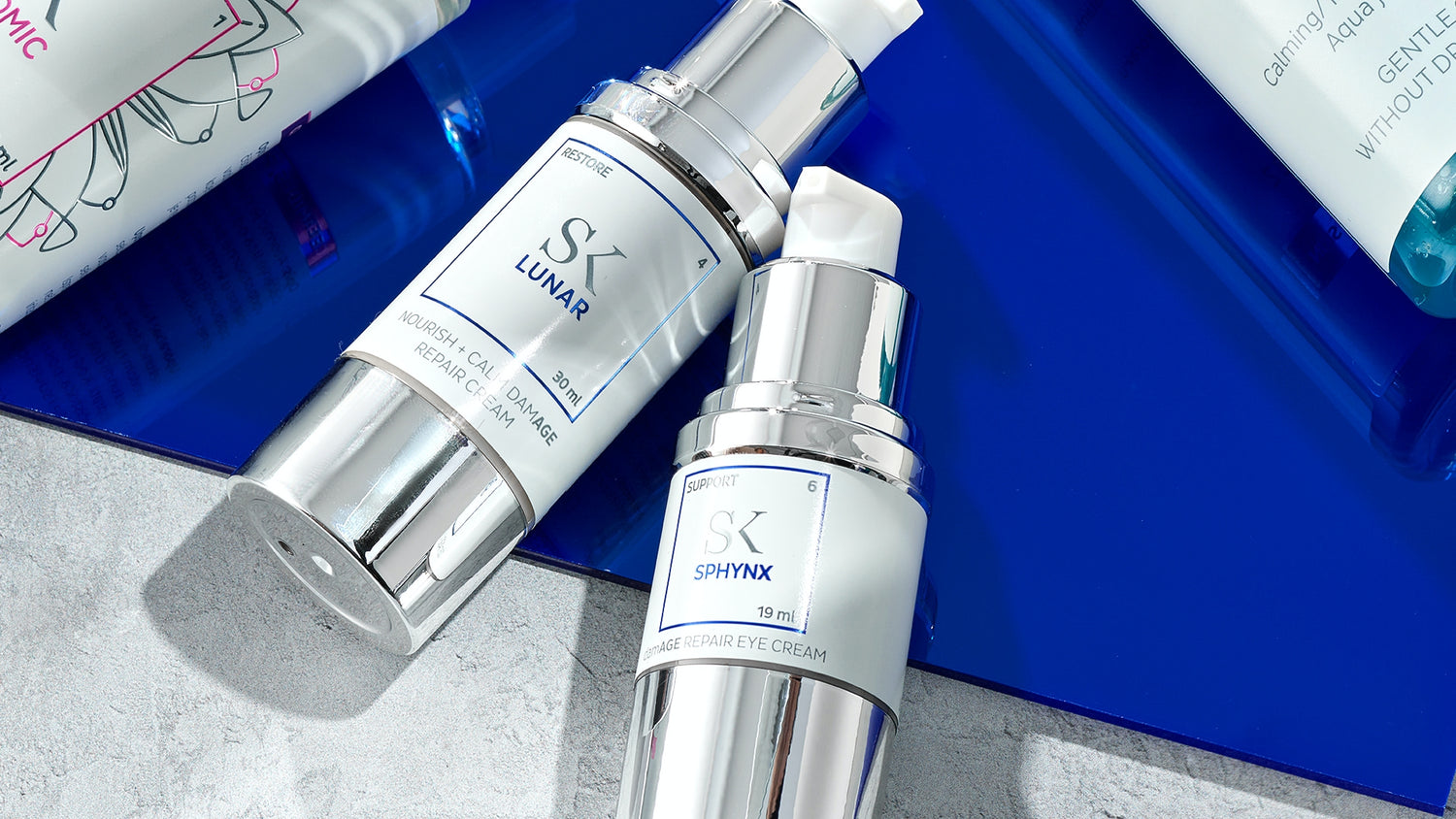Have you already heard about the benefits of using peptides in skin care? If you haven't, we'll catch you up on everything you missed. Over the past decade, peptides have gained more and more importance, and with good reason. Peptide-based products show anti-aging effects and prevent premature aging and the morphological changes that come with it, such as wrinkles and changes in texture. That is exactly why today's article is dedicated to these unique ingredients that help keep our skin youthful.
What are peptides?
Peptides are chains of amino acids linked by peptide bonds. The question then arises, what is the difference between peptides and proteins? Although both are built from the same building blocks, that is, amino acids, the difference is in size. Peptides usually contain 50 or fewer amino acids, while proteins are made up of 50 or more amino acids.
Division of peptides and their roles:
- Signal peptides: Natural skin aging results in reduced production and increased degradation of extracellular matrix proteins, such as collagen, elastin, fibronectin and laminin. The extracellular matrix, in addition to providing structural support, also influences cell differentiation and proliferation. These functions are mediated by signal peptides obtained by proteolytic degradation of extracellular matrix proteins. Signal peptides stimulate the synthesis of collagen , and can also increase the proliferation of elastin, proteoglycans, glycosaminoglycans and fibronectin. As a result, they help with the pigmentation of photo-damaged skin and reduce fine lines and wrinkles by regenerating matrix cells. By stimulating the synthesis of matrix proteins, the elasticity of the skin increases and the skin looks smoother and firmer . Various synthetic peptides modeled on repair signal sequences have been developed for the purpose of skin rejuvenation.
- Carrier peptides: They help transport important substances, but their main application is to deliver and stabilize trace elements, such as copper and manganese, which are essential for wound healing and enzymatic processes. Peptides have been developed that facilitate and accelerate the delivery of bioactive molecules to the skin. The best-known example is copper tripeptide, which acts as a signaling and transport peptide and stimulates the synthesis of collagen, elastin, proteoglycans and glycosaminoglycans, and also has an anti-inflammatory and antioxidant effect. In cosmetic applications, copper tripeptide helps to reduce the visible signs of skin aging and improved skin elasticity and moisture, as well as a reduction in fine lines and wrinkles, have been observed.
- Mimetic peptides: Muscle relaxation is another strategy to reduce common signs of aging. Muscles contract by releasing neurotransmitters from neurons. These peptides act as neurotransmitter inhibitors, that is, they inhibit the release of acetylcholine in the neuromuscular junction. Topical synthetic peptides have been developed that penetrate the skin and relax the facial muscles, thus causing a reduction in fine lines and wrinkles.
- Enzyme inhibitory peptides: These peptides directly or indirectly inhibit enzymes. Although they show promising results, very little in vivo research has been conducted and therefore their relevance is still unclear.
- Structural peptides: Keratin is an important structural protein in the skin. A topical formula containing a keratin-based peptide has been shown to improve water retention, hydration and elasticity of the skin, however detailed information on the mode of action of these peptides is not available.

Skintegra products containing peptides
Peptides are a great addition to your skin care routine due to their anti-aging effects, which is why they are important components of Skintegra Lunar and Sphynx. Lunar is a regenerative treatment cream that restores, protects, nourishes and supports skin with the first signs of aging, while Sphynx gel-cream for the eye area is intended for preventive and corrective skin care. Both products contain Matrixyl 3000 peptide complex - palmitoyl peptides (palmitoyl tripeptide-1 Pal-GHK and palmitoyl tetrapeptide-7 Pal-GQPR) whose effectiveness has been clinically proven. These peptides act synergistically by reducing the skin's inflammatory response and stimulate the synthesis of collagen, elastin, glycosaminoglycans and hyaluronic acid , reducing the expression of wrinkles and improving skin tone.
Literature:
- Schagen, Silke. (2017). Topical Peptide Treatments with Effective Anti-Aging Results. Cosmetics. 4.
- Pai, VaradrajVasant & Bhandari, Prasana & Shukla, Pankaj. (2016). Topical peptides as cosmeceuticals. Indian Journal of Dermatology, Venereology, and Leprology. 83.
- Gorouhi, Farzam & Maibach, Howard. (2009). Role of topical peptides in preventing or treating aged skin. International journal of cosmetic science. 31. 327-45.

